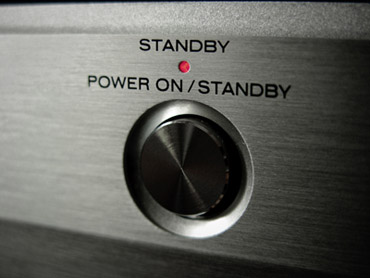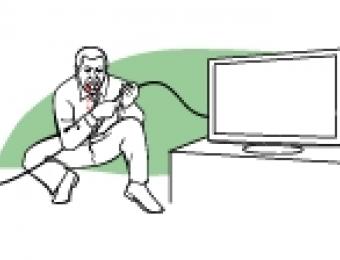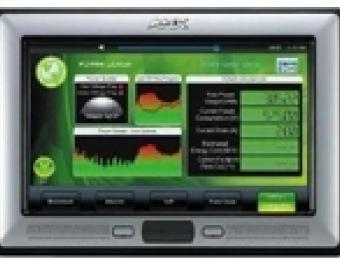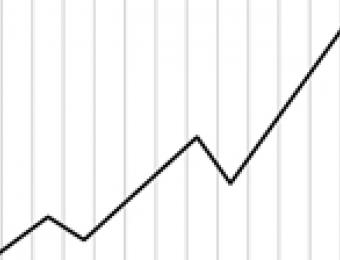
Photo courtesy of Fabrizio Monti, used under the CC BY 2.0 license.
Vampire power, leaking electricity and phantom load are all different terms that refer to the power that's used when your TV is in standby mode - and none of them are positive. Even when it's not on, your TV continues to draw power so that it can remain ready to be turned on.
You may be surprised to find that having many different electronic devices running on standby power can contribute to up to 10% of the yearly energy usage in your home.
What is standby power?
Standby power refers to the power your TV or other appliances draw when they are plugged in and switched on at the switch, but not in use. This includes when you turn your TV off using the remote, or leaving a laptop plugged in at the power point when it's not on. It is estimated that the average household has up to 12 appliances running on standby power at any one time, adding unnecessary hikes to your power bill.
Some studies in Britain have calculated that if the entire population of Glasgow was to fly to New York and back again, the emissions would still be less than that made by devices around the globe that are left on standby mode.
Your TV may draw standby power to ensure that it can respond to your demands in the quickest possible time. When your TV isn't turned off properly, you have the ability to benefit from its quicker reactions, as it has already been drawing power to prepare itself for a signal from the remote. When turned off by the remote, or not properly unplugged, many of your appliances are operating on standby mode.
Other appliances that suck power in standby mode include DVD and Blu-ray players, amplifiers and stereo systems, as well as various gaming consoles - particularly those with wireless controllers.
What can I do to reduce my standby power energy consumption?
There are many products available that can help turn your electronic devices off at the power point without requiring you to manually shut everything off. While the simplest method is still to unplug appliances at the power point, switchable power boards are available that allow you to turn certain devices on and off while leaving other devices plugged in. You can also buy devices to 'intercept' your appliances at the powerpoint, and switch all of them off completely with a simple battery powered remote control.
You can also use timers to switch devices on and off, or replace rechargeable battery-operated appliances with corded alternatives that don't continually have to be charged.
Some TVs and other appliances come with their own on and off switches but be warned: a device like a TV may have a proper switch on its body, but can still draw standby power when plugged into the socket. Without physically testing the power consumption, there's no way to be certain that this will do the job.
Linear and switched-mode power supplies
Some TVs are now available with what's known as switched mode power supplies (SMPS), which help regulate the amount of power being used when the device isn't in use. Unfortunately these are occasionally prone to falter in lower quality sets, so you should read reviews carefully if this is your main reason for looking at a particular product. Linear power supplies are also available that set the voltage limit on a device and protect the power supply against excess current.





